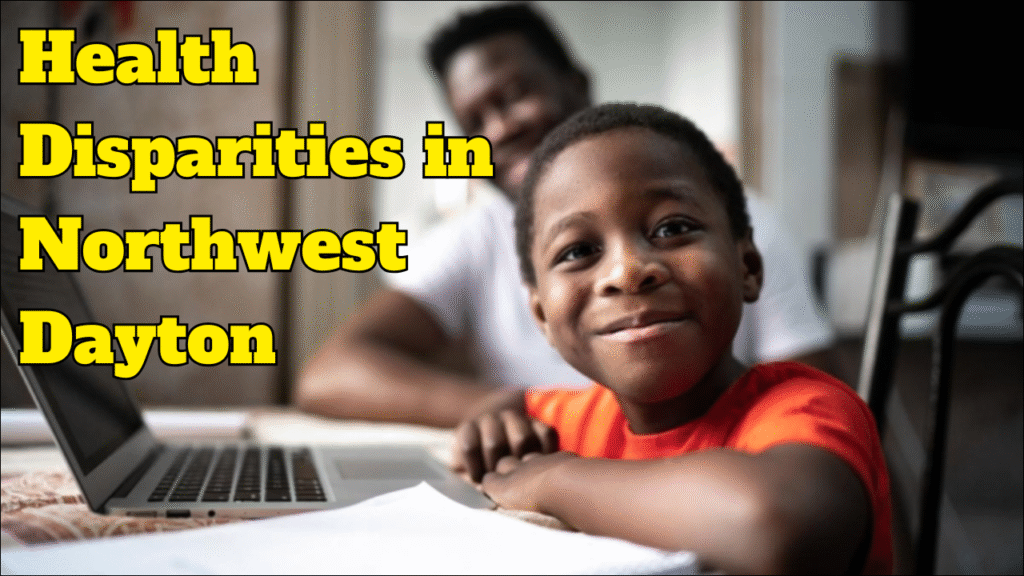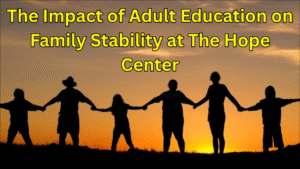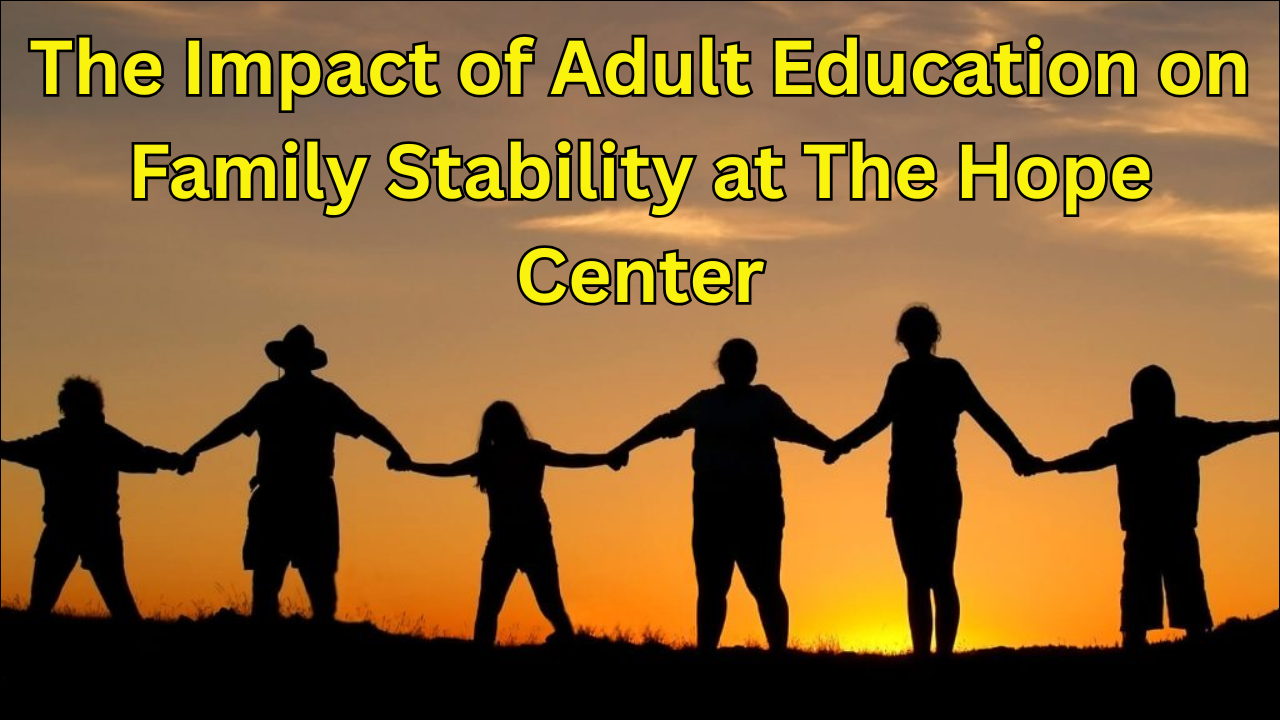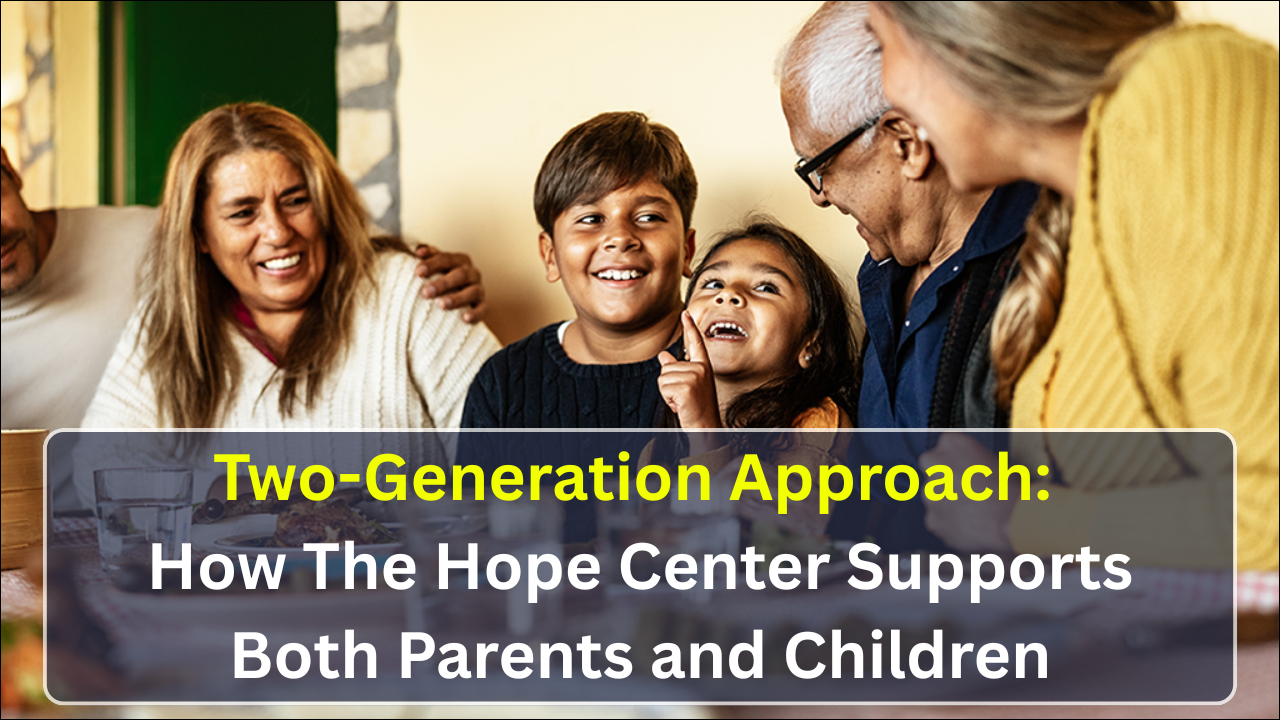
Health disparities in Northwest Dayton reflect inequities in access to healthcare, socioeconomic status, and social determinants of health. Residents in this region face challenges that affect physical, mental, and emotional well-being, including higher rates of chronic diseases, limited access to preventive care, and environmental stressors. Organizations like The Hope Center for Families and Dayton Children’s Hospital work to address these disparities through targeted programs, community outreach, and partnerships that aim to improve health outcomes and promote equity.
Table of Contents
1. Socioeconomic Factors Affecting Health
Economic and social conditions play a critical role in shaping health outcomes.
- Low household income limits access to quality healthcare and nutritious food.
- Unemployment and underemployment contribute to stress and mental health challenges.
- Limited educational attainment reduces health literacy and awareness.
- Housing instability increases exposure to unsafe living conditions and environmental hazards.
Socioeconomic Factors and Health Outcomes
| Factor | Impact on Health | Community Effect |
|---|---|---|
| Low Income | Inability to afford care and healthy food | Higher prevalence of chronic diseases |
| Unemployment | Increased stress and anxiety | Poor mental health and reduced family stability |
| Low Education | Limited health literacy | Lower rates of preventive care utilization |
| Housing Instability | Exposure to unsafe environments | Increased risk of respiratory and infectious diseases |
2. Chronic Diseases and Conditions
Residents in Northwest Dayton face higher rates of chronic illnesses compared to regional averages.
- Diabetes and Hypertension: Poor access to preventive care and nutritious food contributes to elevated rates.
- Obesity: Limited access to affordable fresh produce and safe recreational spaces exacerbates health risks.
- Asthma and Respiratory Issues: Environmental pollutants and substandard housing conditions increase prevalence.
- Mental Health Disorders: Anxiety, depression, and trauma are more common due to socioeconomic stressors.
3. Access to Healthcare Services
Limited healthcare access perpetuates disparities in Northwest Dayton.
- Fewer primary care providers and specialists in underserved neighborhoods.
- Financial barriers, including a lack of insurance, reduce routine visits and preventive care.
- Transportation challenges make accessing distant medical facilities difficult.
- Delayed treatment leads to advanced-stage diagnoses and higher hospitalization rates.
Healthcare Access Barriers
| Barrier | Description | Impact on Residents |
|---|---|---|
| Provider Shortages | Limited availability of clinics and doctors | Delayed or foregone care |
| Financial Constraints | Uninsured or underinsured populations | Reduced preventive screenings and treatments |
| Transportation | Lack of reliable transit to facilities | Missed appointments and inconsistent care |
| Awareness & Health Literacy | Limited knowledge of services | Underutilization of available resources |
4. Pediatric Health Disparities
Children in Northwest Dayton experience unique health challenges.
- Higher rates of childhood obesity are due to diet and limited physical activity opportunities.
- Asthma prevalence is linked to poor housing conditions and environmental triggers.
- Developmental and learning delays are linked to inadequate early childhood healthcare.
- Mental health support for children is limited, affecting emotional development and school performance.
5. Environmental and Community Factors
Environmental and social conditions exacerbate health disparities.
- Proximity to industrial areas contributes to air and water pollution.
- Limited access to green spaces reduces opportunities for exercise and recreation.
- Food deserts restrict the availability of fresh fruits and vegetables, increasing reliance on processed foods.
- Community violence and high-stress environments negatively impact physical and mental health.
Environmental Factors and Health Impact
| Factor | Health Implication |
|---|---|
| Air Pollution | Respiratory conditions such as asthma |
| Water Contamination | Gastrointestinal illnesses and chronic exposure risks |
| Food Deserts | Poor nutrition, obesity, and diabetes |
| Violence & Stress | Anxiety, depression, and trauma-related disorders |
6. Addressing Health Disparities
Community organizations and local health systems work to mitigate disparities.
- The Hope Center for Families offers healthcare referrals, nutrition programs, and wellness education.
- Dayton Children’s Hospital provides pediatric care, mental health services, and preventive screenings.
- Community outreach initiatives focus on health education, vaccination drives, and chronic disease management.
- Partnerships with local schools, nonprofits, and government agencies improve access to essential services.
7. Policy and Systemic Interventions
Policy initiatives are critical to long-term health equity.
- Expanding Medicaid and healthcare coverage improves access for low-income residents.
- Investment in public transportation enhances access to medical services.
- Zoning and environmental policies reduce exposure to pollutants and improve living conditions.
- Funding for community health programs supports preventive care and chronic disease management.
Policy Interventions and Expected Outcomes
| Policy Area | Intervention | Outcome |
|---|---|---|
| Healthcare Access | Expanded insurance coverage | Increased preventive care utilization |
| Transportation | Affordable transit options | Improved access to clinics and hospitals |
| Environmental Regulation | Pollution control, safe housing | Reduced respiratory and chronic illnesses |
| Community Health Funding | Support for wellness programs | Improved family health and reduced disparities |
8. Measuring Progress
Evaluating the effectiveness of interventions is essential for reducing disparities.
- Monitor health outcomes such as chronic disease prevalence, hospitalization rates, and mortality.
- Track utilization of preventive care, screenings, and wellness programs.
- Assess community engagement and participation in health education initiatives.
- Gather feedback from residents to adapt programs to local needs.
9. Community and Family Benefits
Reducing health disparities strengthens both families and communities.
- Improved child health supports educational success and school attendance.
- Healthy adults are better able to work, pursue education, and support families.
- Reduced healthcare costs free up resources for other family needs.
- Stronger community health fosters economic stability and social cohesion.
Closing Perspectives
Health disparities in Northwest Dayton are closely tied to socioeconomic, environmental, and systemic factors. Addressing these inequities requires coordinated efforts from healthcare providers, community organizations like The Hope Center for Families, and policymakers. By improving access to medical care, promoting preventive health, and supporting families holistically, Northwest Dayton can work toward greater health equity, ensuring that all residents have the opportunity to lead healthy, productive lives.








